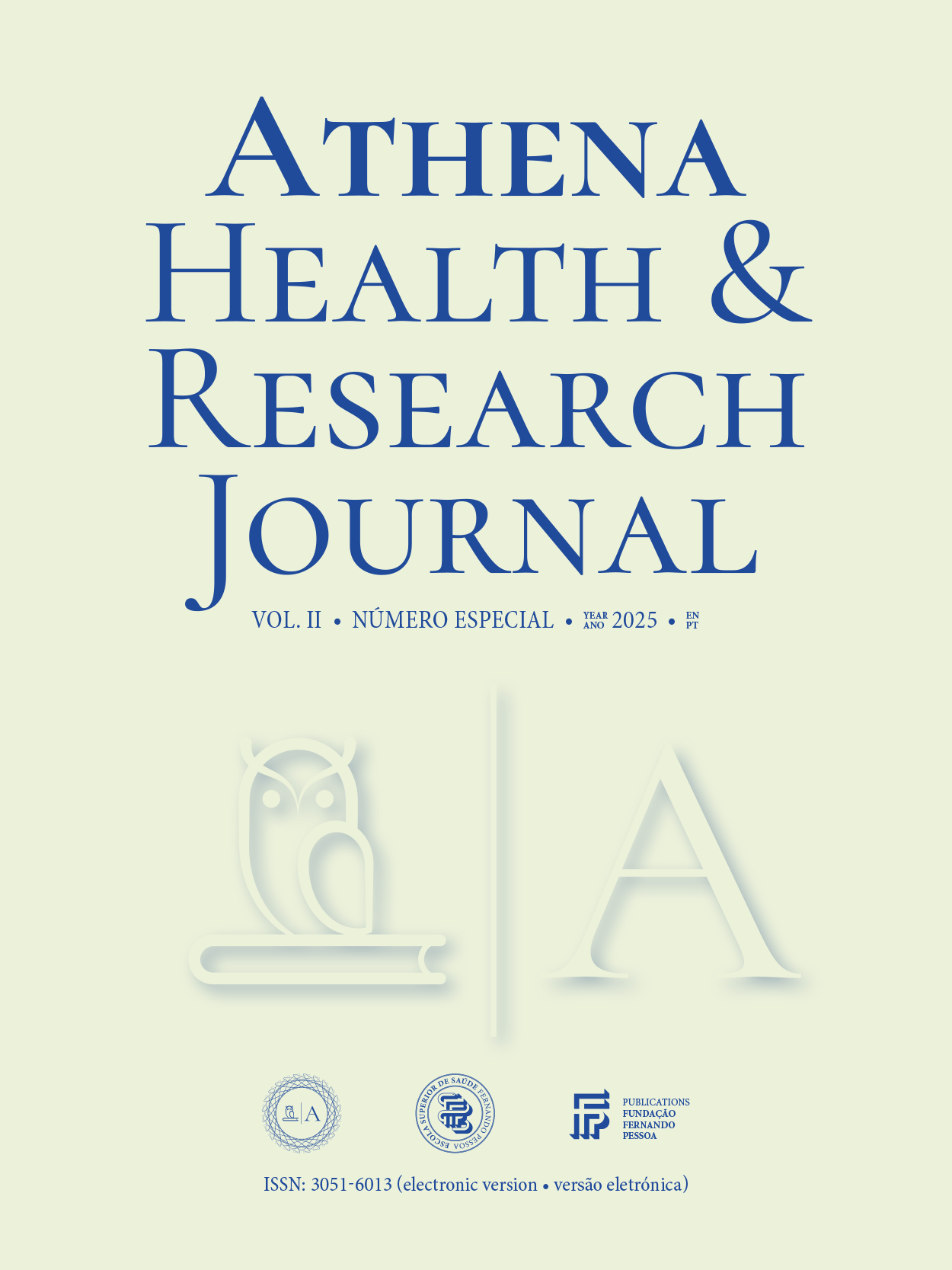Association between anthropometric parameters and body fat by dual‑energy x‑ray absorptiometry in community adults: Results from the nutrifunction project
DOI:
https://doi.org/10.62741/ahrj.v2iSuppl..85Keywords:
Body fat percentage estimation, Anthropometric measurements, Skinfold thickness, Dual-energy X-ray absorptiometry, Body composition assessmentAbstract
Introduction: Equations for estimating percentage body fat based on anthropometry employ parameters such as weight, stature, body circumferences and skinfolds. However, the validity of the estimates obtained with these equations may vary, depending on factors such as sex and adiposit.
Objectives: To study the association of anthropometric parameters with percentage body fat estimates and the effect of sex and of adiposity in this association.
Methodology: A cross-sectional study was conducted between October/2023 and January/2025 in community adults. Trained enquirers collected information on sex, age (years), weight (kg), stature (cm), mid-upper arm circumference (cm), waist circumference (cm), leg circumference (cm), triceps skinfold thickness (mm) and leg skinfold thickness (mm). Percentage body fat was assessed by Dual‑energy X‑ray absorptiometry. For each anthropometric parameter, a linear regression model was done, adjusted for age and stratified for sex; and stratified for sex and normal weight (Body Mass Index: 18.5-24.99 kg/m2) and overweight (≥25.00 kg/m2) categories (underweight participants were excluded from this analysis); p<0.05.
Results: The sample (n=655) is composed of 440 women (299 normal weight, 126 overweight) and 215 men (118 normal weight, 94 overweight). All anthropometric parameters were associated with percentage body fat in women and triceps skinfold thickness provided the best association [adjusted (adj) r2adj=0.618], followed by leg skinfold thickness (r2adj=0.590). For men, stature was not associated with percentage body fat and the best associations were found for triceps skinfold thickness (r2adj=0.664) and for waist circumference (r2adj=0.540). When stratified by normal weight/overweight categories, triceps skinfold thickness provided the best association for normal weight women (r2adj=0.516), whereas leg skinfold thickness provided the best association (r2adj=0.432) for overweight women. For normal weight (r2adj=0.585) and overweight (r2adj=0.617) men, triceps skinfold thickness showed the best association. For overweight women and normal weight men, leg circumference did not show association. Additionally, mid-upper arm circumference showed no association for both normal and overweight men. For normal weight men, weight and stature also showed no association, nor did stature for normal weight women.
Discussion: When choosing equations for estimating percentage body fat, one should consider the anthropometric parameters employed. Equations that resort to triceps skinfold thickness should be used when estimating percentage body fat of men and normal weight woman. For overweight women, leg skinfold thickness should be considered.
Conclusions: ...
References
NA
Downloads
Published
Issue
Section
License
Copyright of published papers is assigned to the Journal, but all content is licensed under the terms of Creative Commons Non-comercial 4.0 International License. Thus users are allowed to read, download, copy, distribute, print, search, or link to the full texts of the articles, or use them for any other lawful purpose, without asking prior permission from the publisher or the author. This is in accordance with the BOAI definition of open access.














